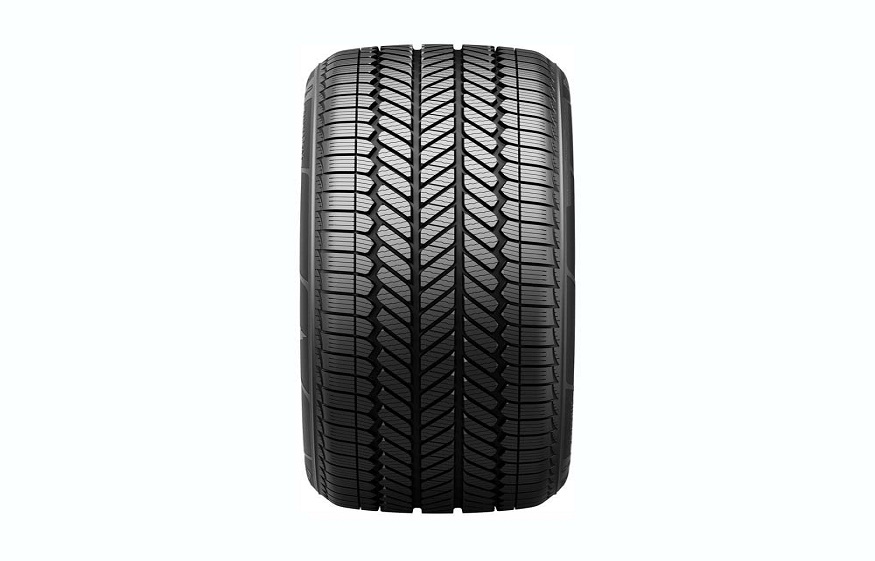
Recently carbon black has undergone great swings in the global market, especially for pyrolytic carbon black. Ecologically friendly substitutes for conventional carbon black have been strongly in demand on the part of companies, and the focus has been laid on pyrolytic carbon black from recycled scrap tires. This specialty substance is widely used from improving inks and coatings qualities to reinforcing rubber compounds. However, pyrolytic carbon black is still being priced on a host of factors that affect the entire supply chain. To understand all these dynamics, distributors, manufacturers, and end users must have a clue. This article examines the market forces acting on this changing business and the major factors that determine the price per ton of pyrolytic carbon black.
Availability and Quality of Raw Materials
Supply Dynamics for Feedstock
The need for pyrolytic carbon black manufacturing is for waste tires or other rubber products. These feedstocks may be available in great supply or almost nonexistent depending on local waste management strategy, local recycling laws, and the collectability of a city. When waste tire supplies are limited, the price of acquisitions for pyrolytic carbon black will increase and hence, the per-ton prices will ultimately rise for the producers. He says feedstock supplies are largely more consistent in areas with effective collecting systems and favorable recycling incentives that help moderate price volatility.
Quality Observations
The pyrolytic carbon black produced from scrap tires has a low quality. The properties of the carbon black from the tires depend on the rubber formula, reinforcement material, and additives used there in the original. Still, standard grades are much cheaper than premium grades used in maximum-performance applications. In the pyrolytic carbon black market this quality spectrum results in significant price differences with special kinds often warranting very high premiums over their common counterparts.
Production Efficiency and Technology
Progress in Pyrolysis Processes
Both the cost of production and the quality of the final product are significantly impacted by the particular pyrolysis process used. Sophisticated emissions management equipment, accurate temperature control systems, and advanced reactor designs all demand significant capital expenditure yet produce more consistent, higher-quality pyrolytic carbon black. Because of these technological differences, the market is divided into multiple price tiers, with manufacturers who use cutting-edge techniques usually charging higher costs for their products.
Economics at Scale
Per-ton price structures are greatly impacted by production scale. By spreading fixed costs over higher production volumes, larger pyrolysis facilities enjoy the advantages of economies of scale. Larger producers can offer more competitive pricing than smaller companies because of this efficiency advantage. Smaller manufacturers are under pressure to either concentrate in premium niches or combine their operations to be economically viable in the larger pyrolytic carbon black market, as a result of the growing trend toward industrial-scale pyrolysis units.
Environmental Rules and Energy Prices
A Look at Energy Intensity
Pyrolysis processes in general are energy intensive processes and require a high input of energy to push the breakdown process. Changes in energy prices trigger similar changes in energy production costs and, by extension, market prices. In the pyrolytic carbon black manufacturing, areas which cost lower power tend to have a niche in terms of competitive edge and thus a global price difference can be noticed between various international markets.
Expenses of Environmental Compliance
Producers of pyrolytic carbon black face increased compliance expenses as a result of stricter environmental laws. Regulatory monitoring requirements, wastewater treatment facilities, and emissions control systems are major operational costs. Even while these environmental protections are necessary for sustainable production, they also affect market pricing and the total cost structure. Regulation-driven price differences among jurisdictions are often the result of producers operating under stricter regulatory frameworks factoring these compliance costs into their pricing structures.
Competitive Landscape and Market Dynamics
Conventional Competition for Carbon Black
Pyrolytic carbon black competes directly with variations made from petrochemicals in the larger carbon black market. The cost per ton of tire carbon black for traditional products frequently sets pricing standards that affect pyrolytic substitutes. Conventional carbon black usually increases in price in response to increases in the price of petroleum feedstock, which benefits the market for pyrolytic replacements. Despite having distinct manufacturing paths,tyre carbon black price per ton is nonetheless influenced by changes in traditional carbon black markets because of this interdependence.
Demand Specific to Applications
Demand trends in different application segments differ greatly. Specialized performance characteristics, for example, frequently command premium pricing in the ink carbon black industry. Dispersion characteristics, controlled particle size distributions, and outstanding color consistency are all necessary for printing applications; these qualities call for sophisticated manufacturing procedures and strict quality control. Comparing these specific needs to less demanding applications, such as simple rubber reinforcement or plastic coloring, usually results in higher price points.
International Trade and Logistics Factors
Transportation Facilities
Distant markets usually pay premiums to cover shipping costs, and regional pricing differences frequently reflect these logistics realities. This process establishes regional price clusters and natural market limits in the worldwide trade environment of pyrolytic carbon black.
Trade Regulations and Taxes
Tariffs, import taxes, and regulatory certifications are examples of international trade rules that add layers of complexity to prices. Competitive dynamics can be quickly changed by trade disputes between major producing and consuming regions, leading to abrupt changes in regional price structures. To account for possible trade policy volatility, producers and consumers alike frequently incorporate risk premiums into pricing models as they navigate these policy-driven market shocks.
Sustainability Premium Factors
An increasingly significant factor influencing the price per ton of pyrolytic carbon black is the increased focus on sustainability credentials. As businesses set increasingly demanding environmental goals, many are prepared to pay extra for materials that have proven environmental advantages. Because it is made from recycled scrap tires, pyrolytic carbon black has intrinsic benefits for the circular economy over virgin carbon black. Markets differ greatly in this sustainability premium; generally speaking, more environmentally conscious areas support higher price points for recycled materials. Innovative manufacturers are taking advantage of this trend by creating strong life cycle assessment records and carbon footprint certificates, which allows them to successfully profit from the environmental benefits of their pyrolytic carbon black products. These sustainability credentials are progressively taking the place of traditional quality indicators in deciding price, adding new dimensions of value to the market as a whole.
Conclusion:
Pyrolytic carbon black pricing is the result of a complicated interaction between market dynamics, regulatory frameworks, and industrial economics. Pyrolytic versions of carbon black continue to gain market share as environmental concerns push for more sustainable substitutes. Price volatility, however, is still a fundamental feature of this dynamic market niche.
Greater pricing stability is anticipated as the sector continues to mature due to standardization initiatives, technological breakthroughs, and increased manufacturing capacity. The underlying forces described in this analysis, however, will continue to influence market dynamics, posing opportunities as well as challenges to players in the growing ink carbon black ecosystem.







